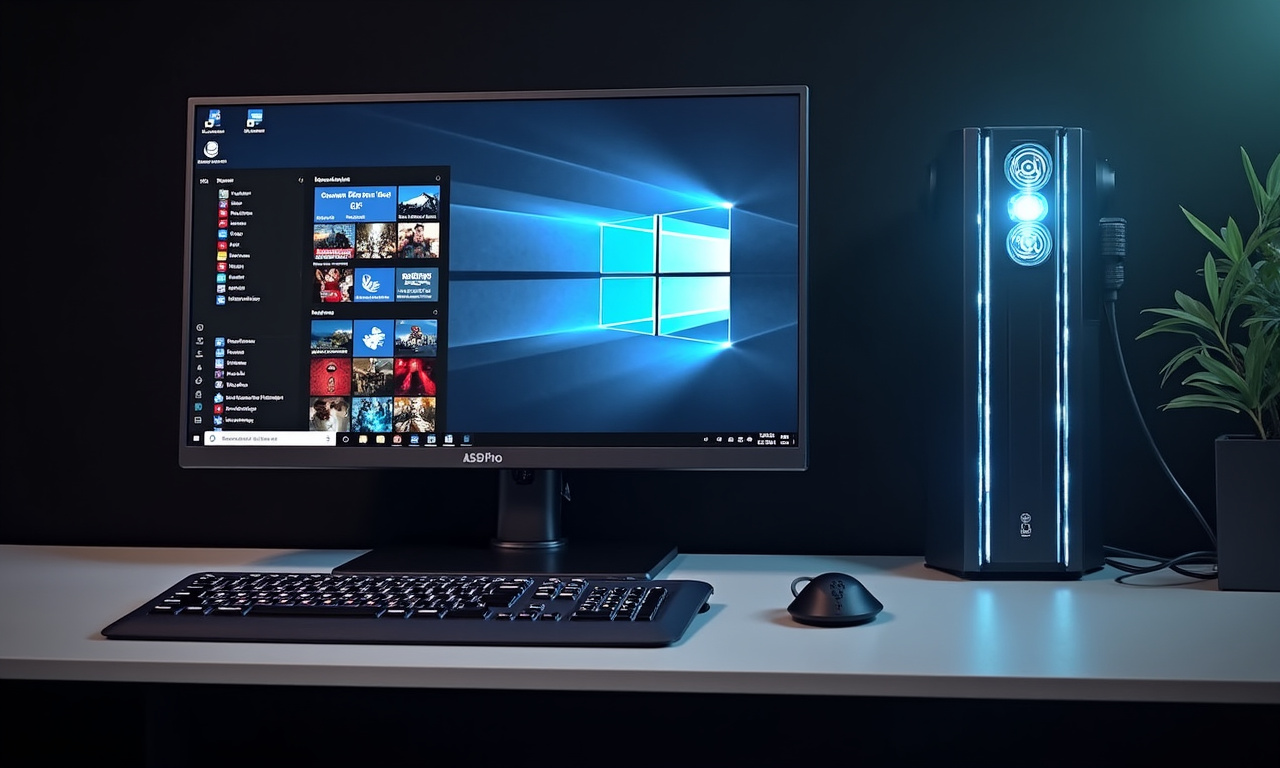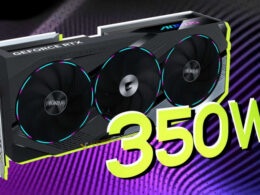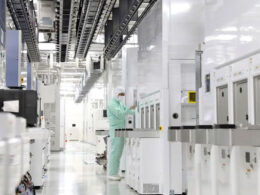Breaking New Ground with Passive Cooling
In an era where active cooling systems dominate the graphics processing unit (GPU) landscape, the introduction of a passive cooled GPU is a groundbreaking move. Passive cooling systems for GPUs, which eliminate the reliance on fan-driven heat dissipation, are rare due to the high thermal demands of modern graphics cards. This makes the launch of the ASRock Arc Pro B60 Passive notably significant, especially coming from Intel’s GPU lineup.
Designed for Professional Workstations
The ASRock Arc Pro B60 Passive is crafted specifically for professional workstation environments where noise reduction and system reliability are paramount. Unlike typical consumer gaming GPUs, this card is engineered to deliver consistent performance with minimal acoustic interference, making it ideal for tasks such as 3D rendering or video editing that require a serene working atmosphere.
A Closer Look at the Specs
Despite its passive cooling design, the Arc Pro B60 Passive houses impressive hardware. It’s equipped with 24 GB of memory, positioning it as a unique offering in the market segment. At a price point of approximately $530, it offers a competitive edge in terms of memory capacity compared to its peers. However, with a Thermal Design Power (TDP) of 200 watts, successful integration into a workstation still necessitates additional external cooling measures.
Market Implications and Expectations
This introduction could potentially influence the GPU market by setting new standards in memory capacity and cooling design. As computing tasks become more demanding, professionals in fields such as architecture, video production, and simulation may find the Arc Pro B60 Passive’s balance of power, cooling efficiency, and silent operation particularly enticing.

Фото Videocardz
Looking Ahead
The ASRock Arc Pro B60’s capacity to operate efficiently under passive cooling has already attracted considerable attention from industry experts. As passive designs become more feasible with technological advancements, they may soon become a regular fixture within the professional realm, shifting the dynamics of GPU cooling technologies.





